Indoor mold isn’t just a nuisance—it can now be a legal issue. With new tenant protection laws emerging across the country, certain types of mold must be reported by landlords or property managers to avoid fines, lawsuits, and even forced relocations. Some molds pose serious health risks, especially for those with allergies, asthma, or weakened immune systems. Knowing which types are legally reportable is crucial for both renters and property owners alike. Here are 12 types of indoor mold that could land you in legal trouble if ignored.
1. Stachybotrys Chartarum (Black Mold)

Often referred to simply as “black mold,” Stachybotrys chartarum is one of the most infamous types of indoor mold. According to Healthline, it releases mycotoxins that can cause respiratory issues, chronic fatigue, and neurological problems. Due to its health risks, many new tenant protection laws now require landlords to report and remediate any presence of black mold immediately. Ignoring it could result in steep fines or legal action.
If you spot black mold’s slimy, dark greenish-black patches around windows, basements, or bathrooms, it’s critical to document the finding and notify property management. Fast reporting can protect your health—and your legal rights. Black mold is considered especially dangerous for children, seniors, and those with weakened immune systems, making swift action even more essential.
2. Aspergillus
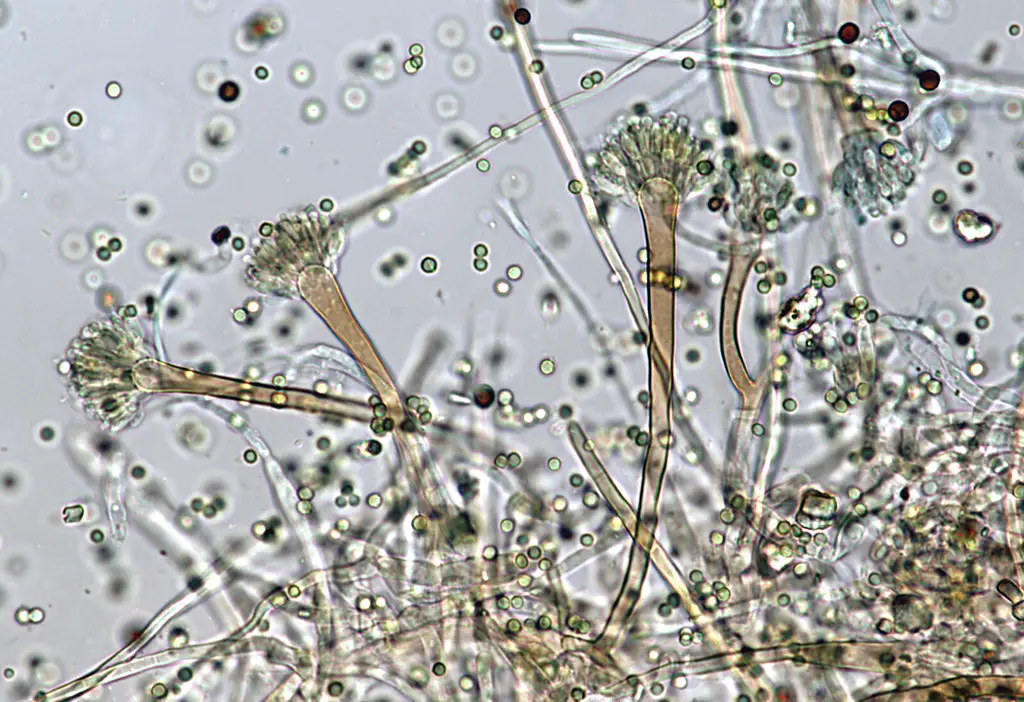
Aspergillus is a common indoor mold that can trigger allergic reactions and serious respiratory infections, especially in individuals with pre-existing lung conditions. The CDC notes that while some strains are relatively harmless, others can lead to serious illnesses like aspergillosis. Tenant laws are starting to reflect these dangers, with many states now requiring disclosure and remediation when this mold is found indoors.
Homeowners and renters often find Aspergillus colonies on walls, insulation, and HVAC systems. It appears powdery and can vary in color, from white and yellow to green and black. Because it thrives on dust and building materials, proper reporting is essential to prevent worsening contamination. Quick action could save you from extensive exposure and costly health consequences.
3. Penicillium
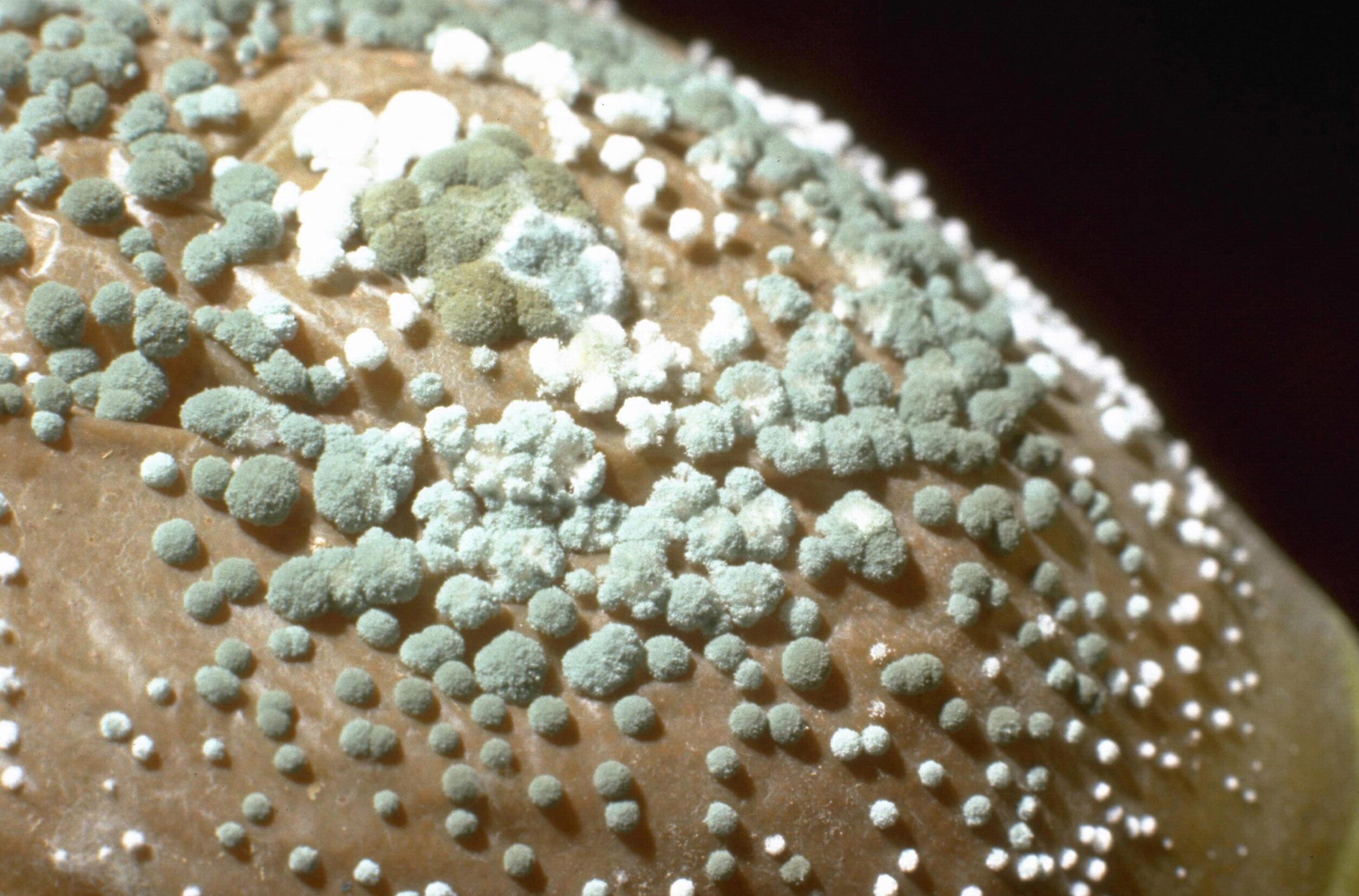
Recognized for its blue or green appearance, Penicillium mold can quickly spread through a home if moisture problems aren’t addressed. Although Penicillium is the source of the antibiotic penicillin, exposure to the mold itself can cause respiratory inflammation, sinus infections, and allergic reactions, notes Britannica. As a result, new tenant laws increasingly list it among the molds that must be reported and remediated.
Penicillium grows rapidly on materials like carpeting, wallpaper, and mattresses—especially after water damage. Spotting it early and notifying management is key to avoiding bigger issues. Ignoring a small patch can allow it to spread invisibly behind walls, posing major health risks and structural damage. Tenants are encouraged to act quickly under these updated regulations.
4. Cladosporium

Cladosporium is another common mold often found indoors, typically on wood, textiles, and HVAC vents. According to Medical News Today, while it’s less toxic than black mold, it can still cause significant allergic reactions and worsen asthma symptoms. For this reason, many jurisdictions now require landlords to address Cladosporium infestations as part of habitability standards.
It typically appears as dark olive-green or black spots with a powdery texture. Even though it’s not considered deadly, prolonged exposure can lead to serious respiratory issues. New regulations make it clear that tenants should not have to tolerate mold-related health risks, even from less toxic varieties. Immediate reporting helps ensure healthier living conditions for everyone.
5. Alternaria
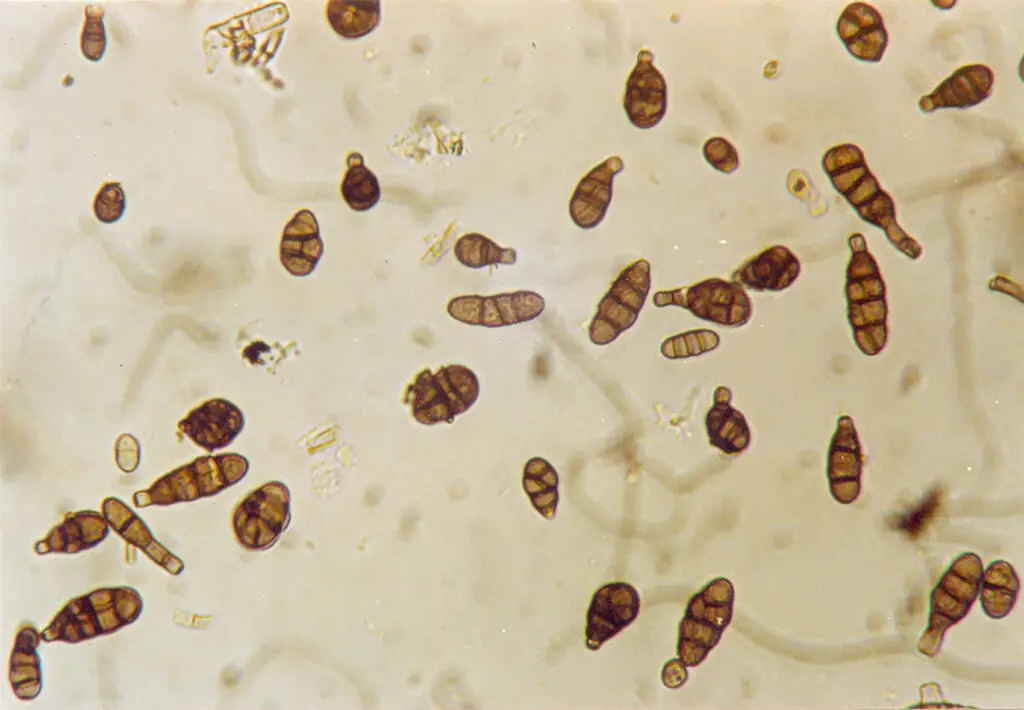
Known for its velvety texture and dark green or brown color, Alternaria is a fast-spreading mold that commonly shows up after water damage. The Mayo Clinic warns that Alternaria is a major allergen and is linked to severe asthma attacks and chronic sinus infections. Given these health risks, tenant protection laws are now including Alternaria on lists of mold types requiring immediate action.
This mold often thrives in showers, under sinks, and near leaking windows. If you notice a musty smell or fuzzy patches in damp areas, it’s important to document and report the situation. Early intervention prevents long-term damage and keeps both your health and your rights protected under newer legal standards.
6. Fusarium
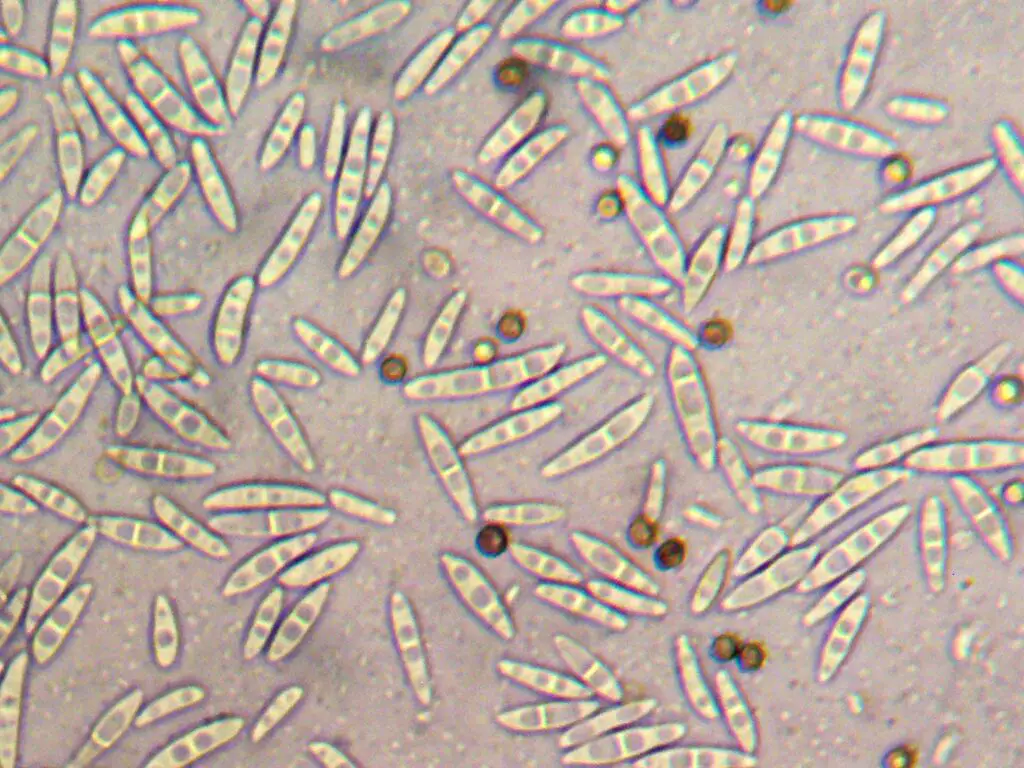
Fusarium is particularly concerning because it grows well even in colder indoor environments, unlike many other molds. It often appears pink, white, or reddish and can contaminate everything from wallpaper to carpet. Some strains of Fusarium produce dangerous toxins that can severely impact human health, making it a legally reportable mold in many states.
Common symptoms from exposure include skin infections, allergic reactions, and eye irritation. Fusarium is often linked to water-damaged areas and can spread through entire buildings if not treated quickly. Reporting it early is not just smart—it’s a tenant’s right under the new generation of mold disclosure laws.
7. Chaetomium
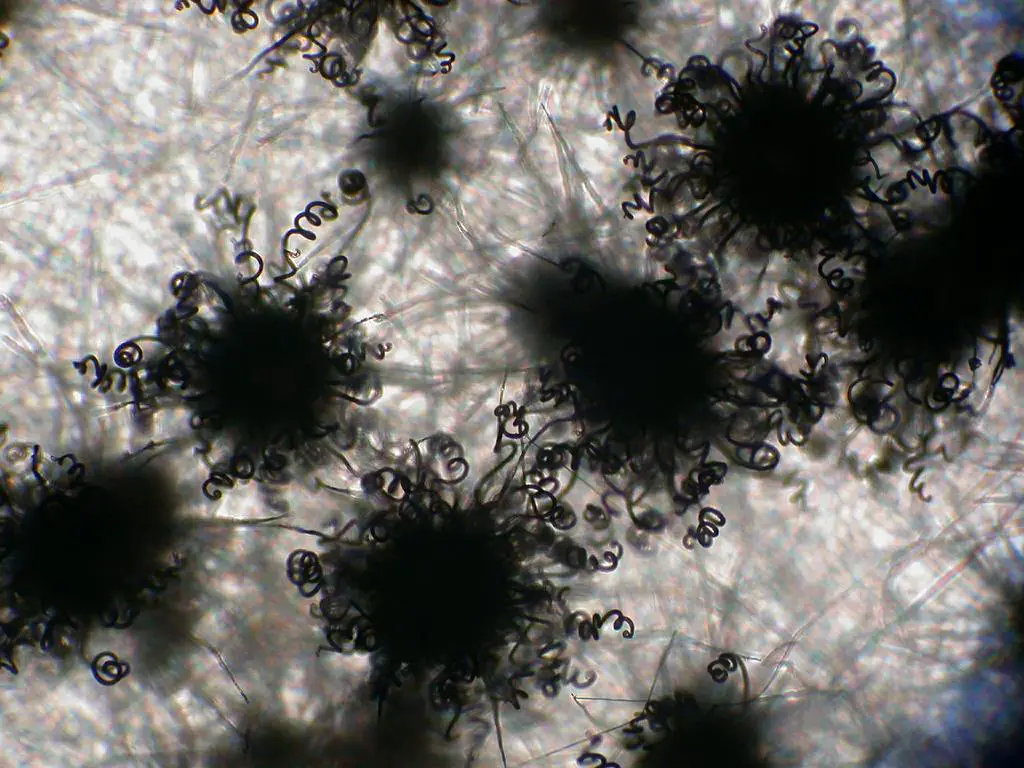
Chaetomium often signals serious water damage behind walls and ceilings. It’s recognizable by its cotton-like texture and changing color, shifting from white to bluish-green as it matures. Medical sources note that exposure can lead to skin and nail infections and, in more severe cases, respiratory distress. New tenant laws increasingly require reporting Chaetomium as part of ensuring safe living conditions.
This mold typically thrives on drywall, wallpaper, and other cellulose-based materials after leaks or floods. If you notice persistent damp smells or peeling walls, it may be hiding underneath. Proactive reporting protects tenants from long-term exposure to harmful mold spores—and holds landlords accountable for maintaining safe properties.
8. Mucor
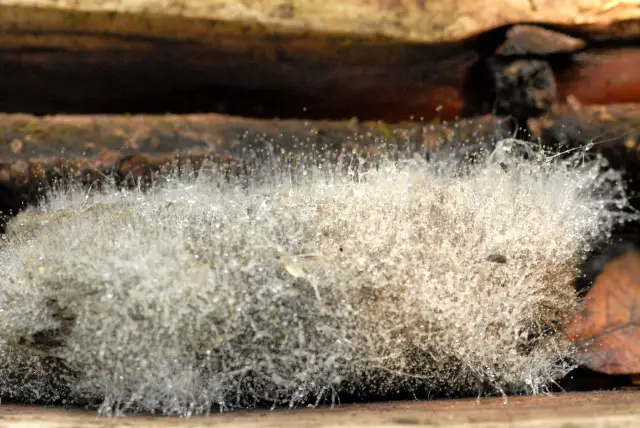
Mucor is a fast-growing mold typically found near air conditioning units and ductwork, where condensation builds up. It looks like thick white or gray patches and can cause a variety of respiratory issues. Exposure, especially in high concentrations, can lead to mucormycosis—a rare but serious fungal infection. Because of these risks, new tenant laws frequently name Mucor as a mold that must be reported and remediated.
If you see fuzzy white patches near HVAC systems or vents, it’s crucial to document the problem and request professional mold testing. Quick action not only protects your health but also prevents the spread of mold through a building’s ventilation system, a major concern under updated housing regulations.
9. Acremonium
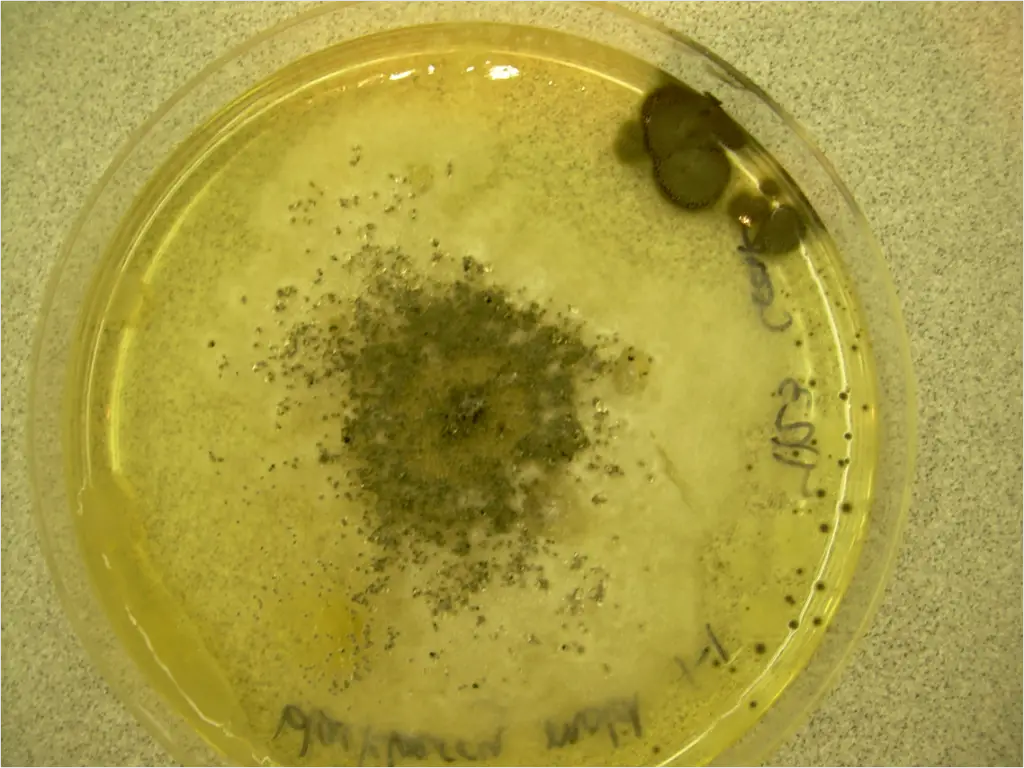
Small but dangerous, Acremonium often starts as a moist mold that later dries into a powdery substance. It can appear white, pink, orange, or gray. Prolonged exposure to Acremonium spores has been linked to immune system suppression and severe respiratory conditions, especially in vulnerable populations. As such, many tenant laws now classify it as a must-report hazard.
This mold is typically found in humidifiers, cooling coils, and drain pans—places where moisture is present but not always visible. Keeping these areas dry and regularly inspected is vital. Spotting and reporting Acremonium early prevents much larger health and legal problems down the line.
10. Ulocladium

Often mistaken for black mold, Ulocladium grows in highly water-damaged areas like basements, bathrooms, and kitchens. It appears dark brown or black and spreads quickly across wet surfaces. While it’s not as toxic as Stachybotrys, it can still cause severe allergic reactions and respiratory issues, particularly for people with mold sensitivities.
Given its aggressive spread and impact on health, Ulocladium is now commonly listed among molds that must be legally reported by landlords and tenants alike. If found, it’s critical to demand immediate remediation to prevent further structural and health risks.
11. Trichoderma
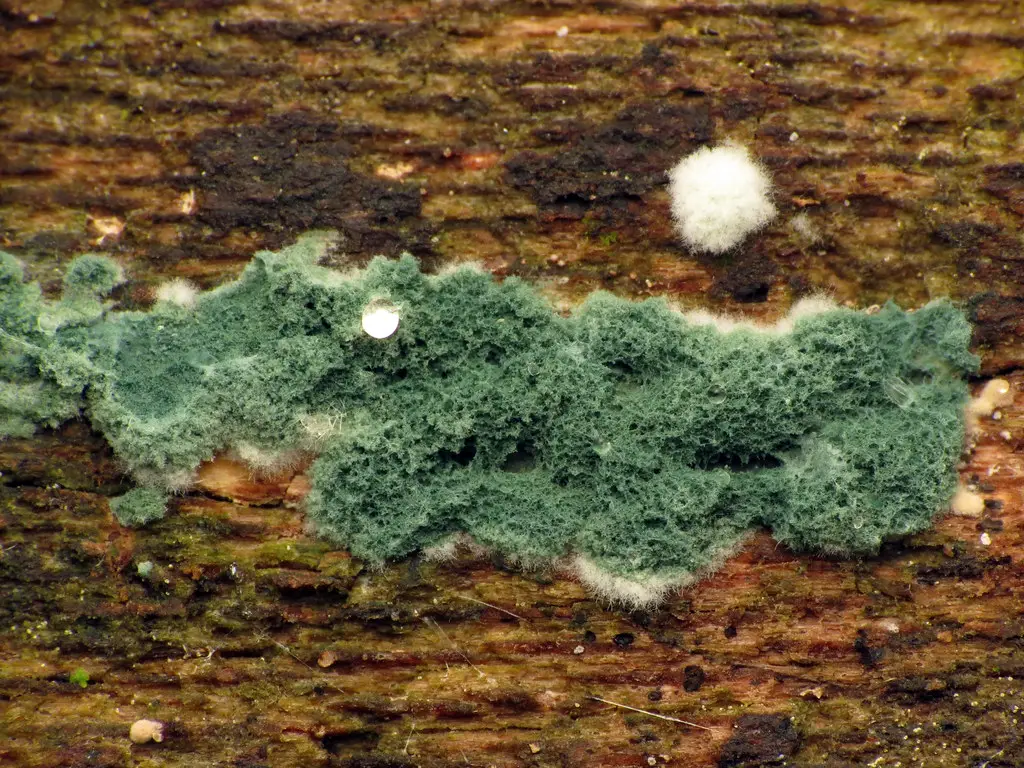
Trichoderma is a highly resilient mold that thrives in damp areas, particularly on building materials like wood, wallpaper, and carpet. Some strains produce mycotoxins linked to pulmonary and liver issues. Because of its toxic potential, new tenant laws are beginning to treat Trichoderma outbreaks as urgent health risks that must be addressed without delay.
It typically appears as a greenish mold with woolly textures and can easily go unnoticed until it covers large surfaces. Tenants spotting suspicious green patches should document them immediately and press for professional evaluation. Quick action under new laws can help protect both tenant health and the structural integrity of the property.
12. Aureobasidium
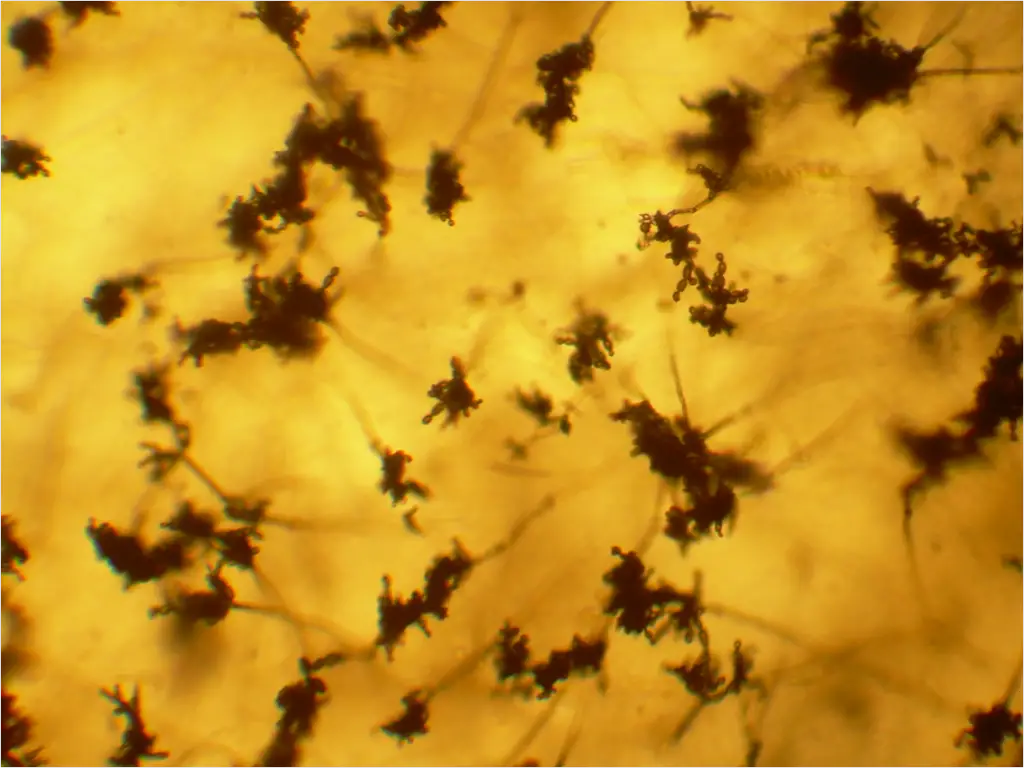
Often found on wooden surfaces, painted walls, and behind wallpaper, Aureobasidium starts out pink, brown, or black and darkens over time. Exposure to this mold can cause skin rashes, eye infections, and severe respiratory symptoms. The EPA highlights it as an indoor mold of concern, and newer tenant legislation increasingly mandates its reporting.
Because Aureobasidium can look like common dirt or water stains, it’s easy to overlook. However, tenants should take any suspicious discoloration seriously and demand inspection. Early identification and remediation are key under updated housing codes designed to ensure safer living environments.
